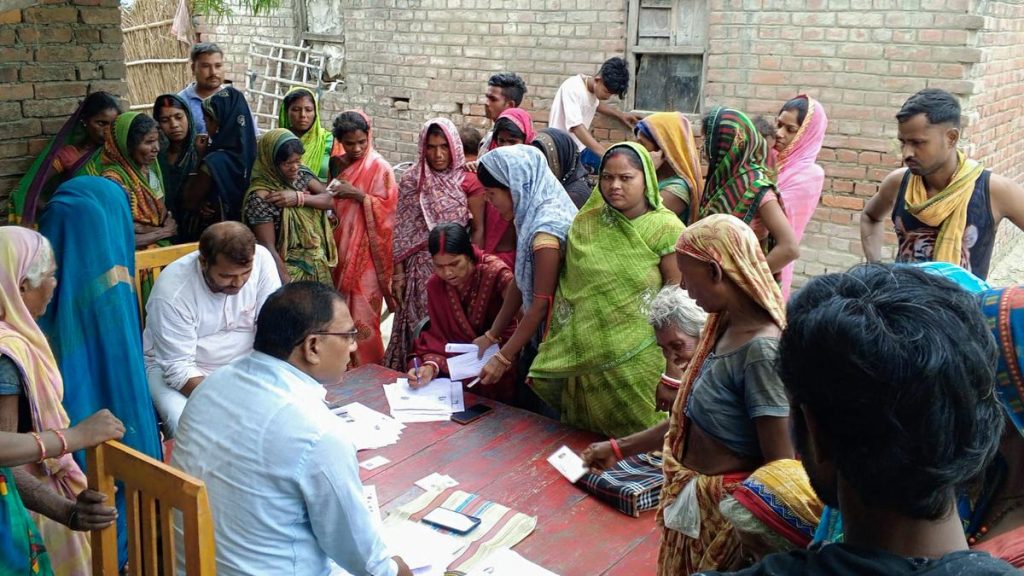Now Reading: Skill Mission Falls Short: CAG Finds 18% Placement Rate Against 70% Target
-
01
Skill Mission Falls Short: CAG Finds 18% Placement Rate Against 70% Target
Skill Mission Falls Short: CAG Finds 18% Placement Rate Against 70% Target

Quick Summary
- Placement Stats: Only 18% of candidates trained under the Karnataka Skill Growth Corporation (KSDC) secured placements, against a mandated target of 70%.
- Training Goals vs. Reality: From 2017 to 2023, only 1,15,822 individuals were trained under the flagship programme launched in 2017, far below its goal of training five lakh youth annually.
- Financial Lapses:
– ₹173.35 crore remained unutilised in the first three years due to ineffective planning.
– Release of funds amounting to ₹341.11 crore lacked a need-based action plan; this left ₹119.89 crore unspent.
– Instances noted include diversion of funds (₹7.56 crore) and excess release (₹12.98 crore).
- Social Inclusion Mandates: Registration for SC and ST candidates fell below mandated levels-20% for scs and 7% for STs-in multiple training centres.
- Regional Inequality: areas like Bengaluru Rural, Kolar, and Uttara Kannada showed disproportionately low participation in training programmes (<1% of total trainees over five years).
- Unorganised Workers Social Security Board Issues:
– Over ₹97 crore retained as unutilised funds since its inception in 2009.
– Welfare schemes focused narrowly on certain worker categories like drivers and conductors.
- karnataka Labour Welfare Board inefficiency: Of ₹279.98 crore received from contributions between 2018-2023, only ₹41.84 crore was spent on labour welfare schemes.
Indian Opinion Analysis
The findings from the CAG report highlight key institutional shortcomings within Karnataka’s skill development initiatives over a six-year period (2017-2023). Despite enterprising targets to empower youth with employable skills through extensive government-funded programmes, placement outcomes drastically lagged expectations at just an 18% success rate against a set mandate of 70%.This inefficiency impacts both economic growth trajectories and employment readiness among karnataka’s youth.
The financial mismanagement detailed by the CAG calls into question both administrative foresight and accountability mechanisms-it underscores the absence of evidence-based resource planning that left large sums unspent or diverted while failing to meet critical inclusion benchmarks for disadvantaged groups (SC/ST populations). Moreover, regional discrepancies point towards uneven programme outreach that needs correction if equitable development is to be achieved across districts.Also troubling is how dedicated welfare bodies like the Unorganised Workers’ Social Security Board fail to implement broad-reaching support despite significant fund inflows-a missed prospect given India’s important proportion of informal-sector workers reliant on safety nets.
Strict structural reforms across governance processes are essential not only for optimising utilisation but also for ensuring long-term benefits reach intended beneficiaries-an outcome vital for enhancing state-level human capital productivity amidst rising competitiveness nationwide.























